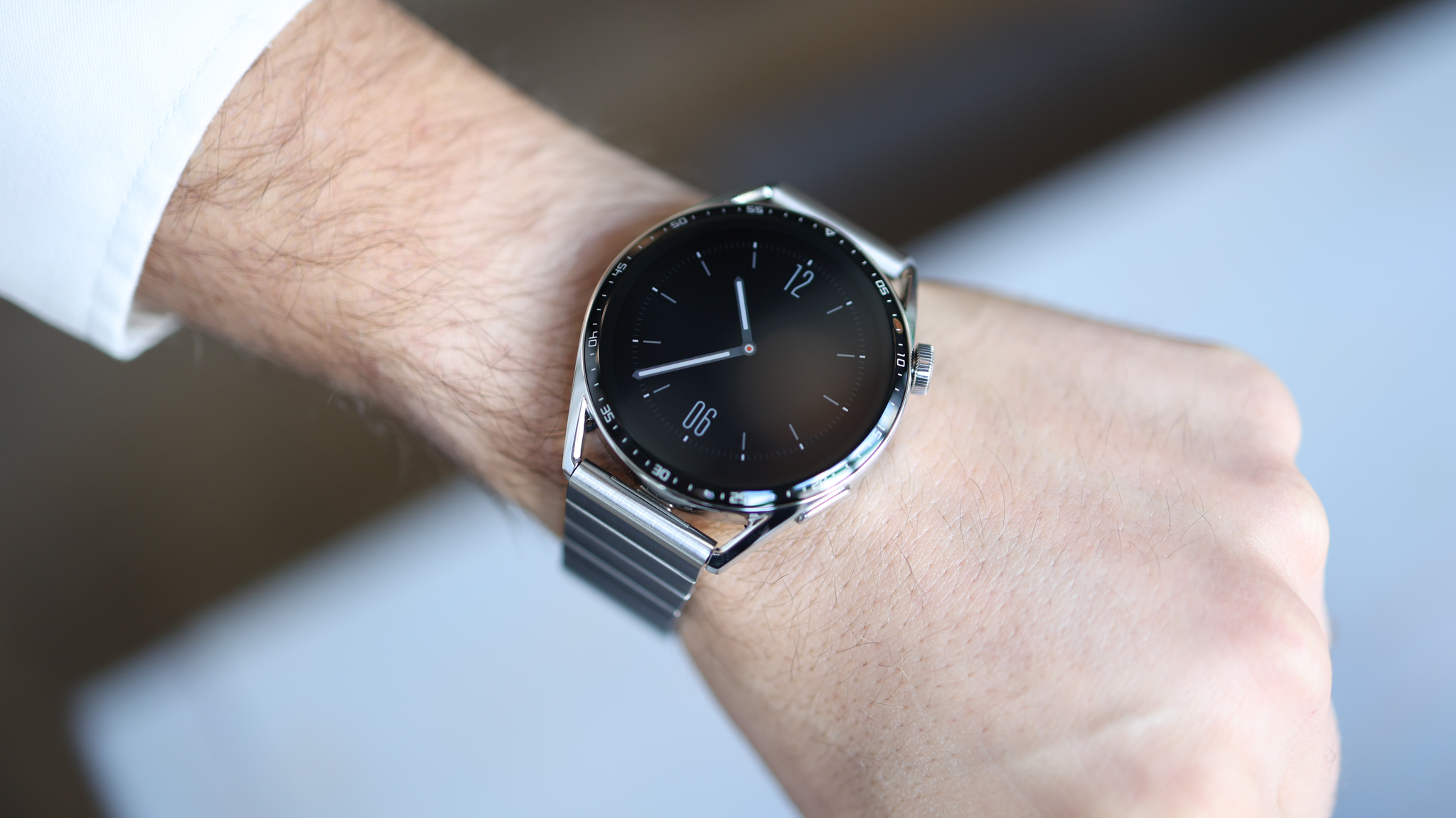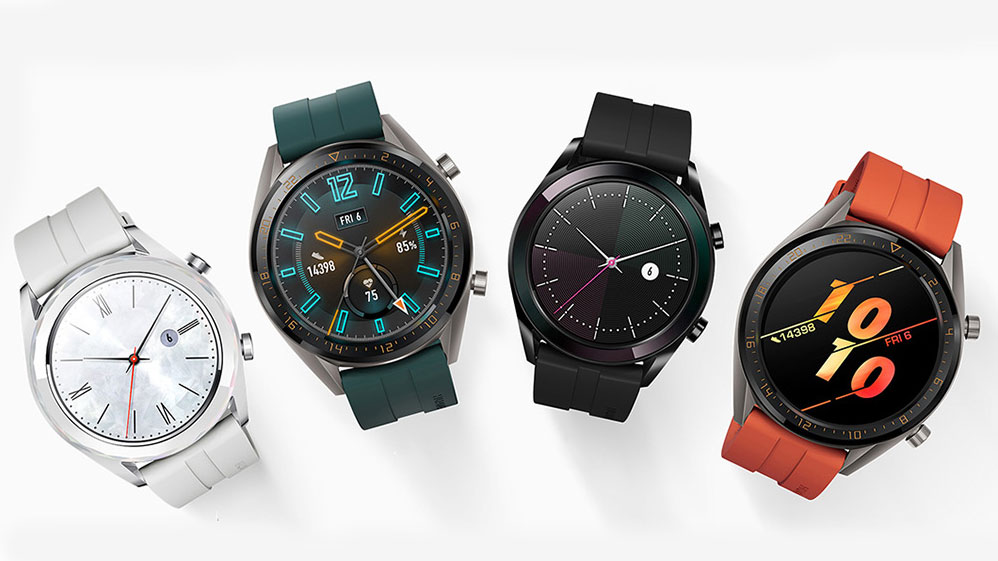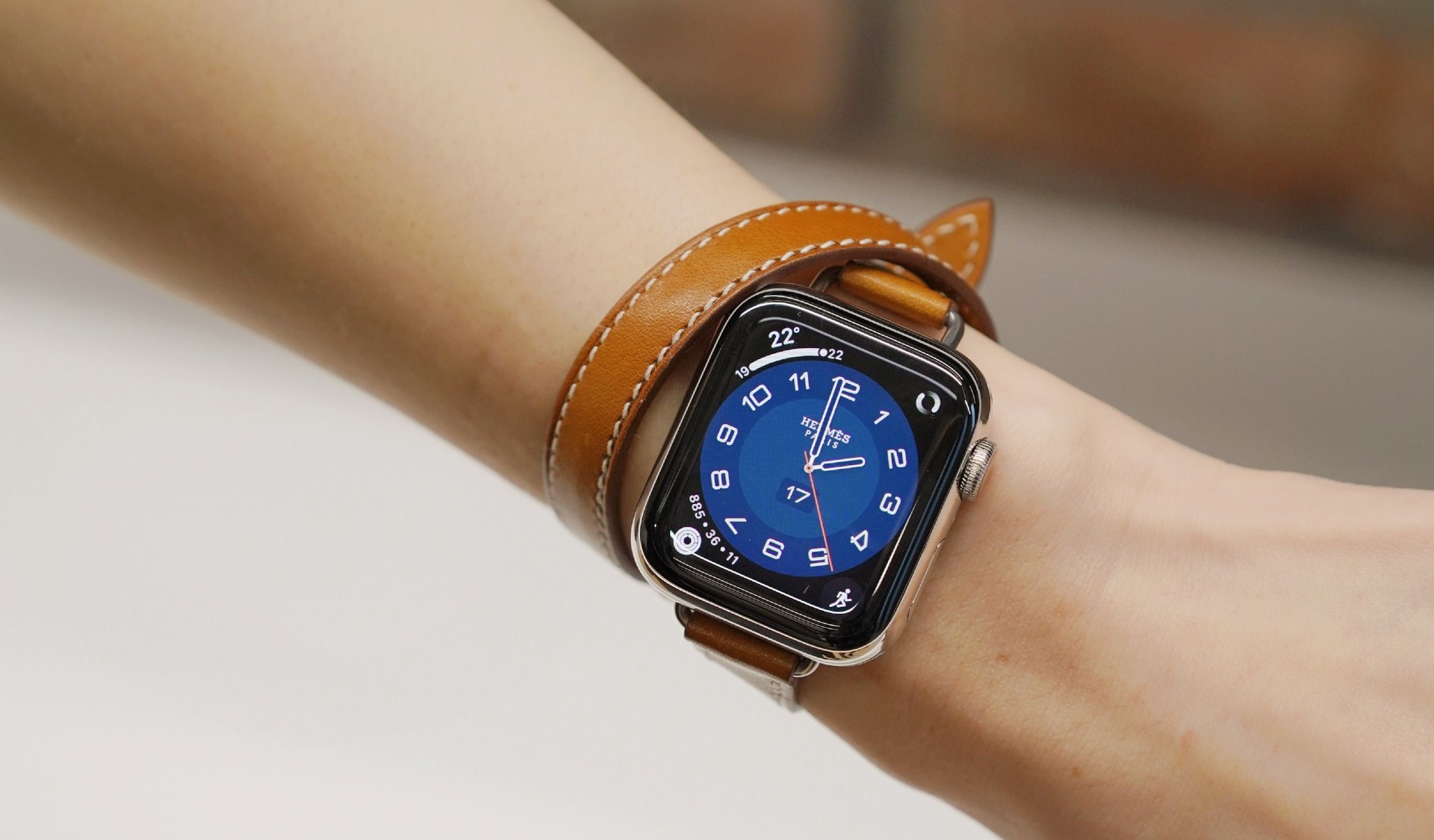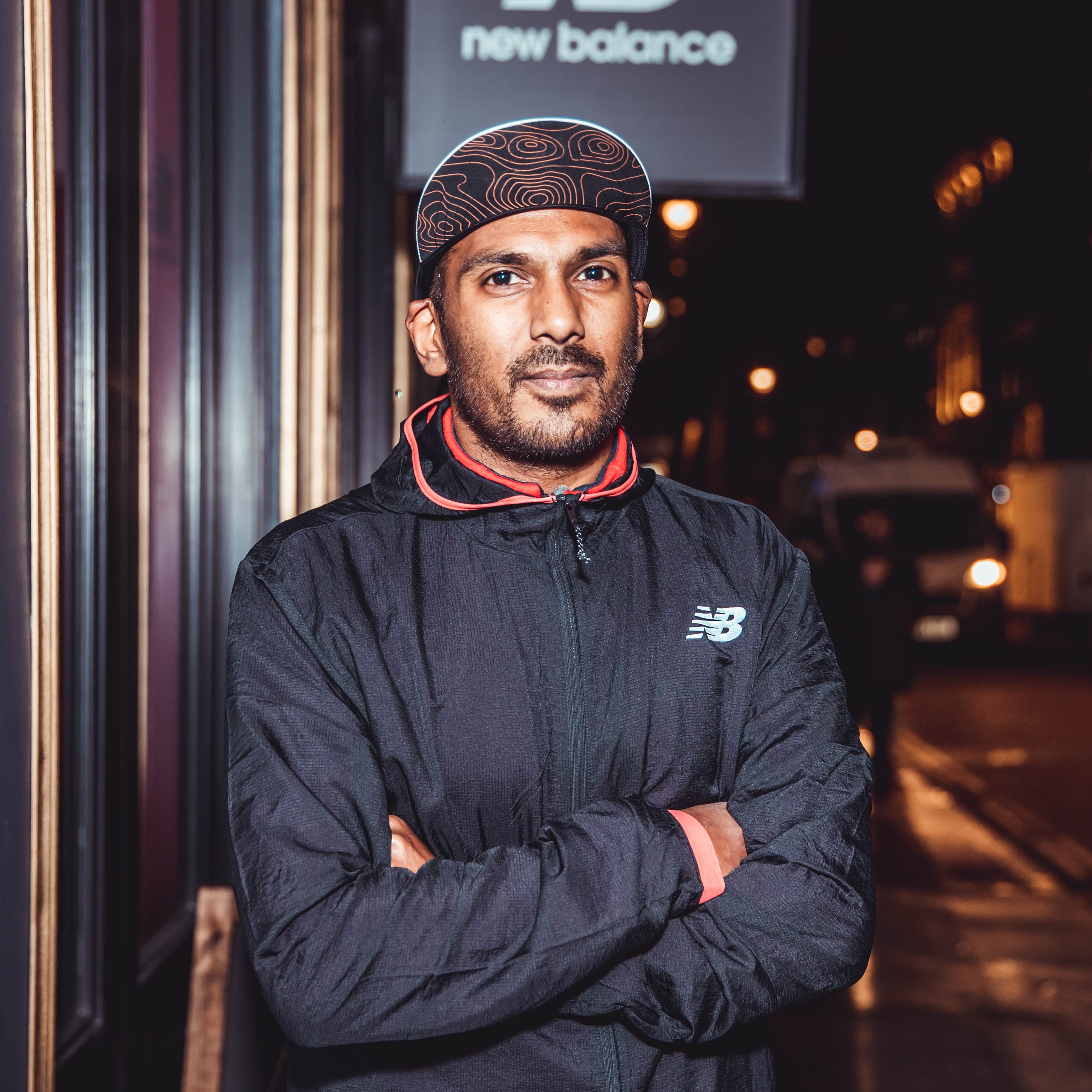5 things to consider when picking a smartwatch strap
The band of your smartwatch is important, here's why

When you're buying a smartwatch for the first time, understandably your primary focus will be on what that smartwatch can do, whether it works with your phone setup and it's the kind of smartwatch that grabs attention for the right reasons.
Creating an attractive smartwatch does of course extend to the strap that keeps it securely wrapped around your wrist. But it’s not just about matching up that case body with something that can elevate that look.
You’ll also want to make sure you grab a band that best suits when and where you’re planning to put those connected smarts to good use.
There are plenty of reasons why you should be picky about that smartwatch strap. Here's the ones we think are the most important.
- Best cheap smartwatch: great budget devices for your wrist
- Best hybrid smartwatch: great hidden tech in the watch on your wrist
1. Get the right strap size
It's an obvious one, but you want to make sure that strap can actually connect to your smartwatch. Most smartwatch makers do a good job of specifying in the accompanying manual or on website listings what the ideal strap size is to look for.
You might also want to look at the strap that came boxed with your watch as it may note the size there as well.
You can also grab a ruler or measuring tape out and measure the space between the lugs on your watch to find out what strap size you actually need. Most strap sizes are expressed in millimeters, so once you have the size identified you're good to pick out your strap.
Get daily insight, inspiration and deals in your inbox
Sign up for breaking news, reviews, opinion, top tech deals, and more.
Also look at strap length. Many come in small, medium or large sizes, specifying length. That way you can make sure you have something you don’t have to consider removing lugs or adding a hole into to make sure it wraps securely.

2. Know your strap connection
You've got your strap size right, the next thing you should check is how that strap connects to the case on your smartwatch.
The key here is paying close attention to the watch lugs the smartwatch uses. This is the place where the strap connects to the case.
Lug type can vary from smartwatch to smartwatch, with some easier to find more compatible straps than others.
A springbar-style lug system is one of the most popular and common one used and is usually the easiest to connect and find a range of straps that use this type of mechanism.
There's now plenty of smartwatches that use a lug system where straps clip directly into the watch case as opposed to sitting outside it. This can create a more secure setup, but might restrict the number of straps you can pair up with it.
3. Look at the strap fastening
You want to make sure that strap is well built to stay put, but that strap clasp can also influence the overall look of your watch too.
The most traditional kind of fastening is a buckle, which works like a belt buckle. Like metal clasps, these tend to be the most secure options to go for.
Opt for a strap with a velcro fastener or the kind of pin and tuck closure that's beginning to appear on smartwatch straps and you'll get something that's quicker to get on and off.
That makes it useful for anyone that perhaps needs to take their watch off for work or would like something that's easy to wear during exercise.
While it is easier to take off a velcro strap, you may find it will show quicker signs of wear. Particularly if you jump in the shower and get it wet and sweaty on a regular basis.

4. Pay close attention to strap material
You can pick up smartwatch straps in a range of different materials, which will shape the overall look and what it will be like to wear 24/7.
Many smartwatches come boxed with silicone straps, making them better suited for all-day (and night) wear including being worn in the water. Just make sure to check the water resistance certification to understand the level of water protection.
There's also metal straps to offer a more dressy watch look making them better suited for formal occasions. Keep an eye on strap weight if this is something you plan to wear all day and don't want it to weigh heavy on your wrist.
Leather straps are a popular option as they do a good job of straddling smart and casual looks. Ideally go for genuine leather straps that offer strong durability. It's a similar story for very on-trend nylon straps, which can offer a lighter feel and can be more comfortable to wear during the day and even when you're tracking your sleep.
Also look for straps that are tagged as hypoallergenic. When some materials sit closely to the skin for extended periods of time they may cause a reaction or irritation to the skin.
Grab a hypoallergenic band and you'll get something better suited to sensitive skin. Pay attention to the buckle and clasp materials as well to make sure they don't rub you up the wrong way.
5. Know your style
You probably know what kind of strap you want, but make sure you know what kind of look you want to achieve with that strap too.
Do you want something that screams sporty or one you can wear for a nice dinner out? Is this something you want to show off in the summer or you're searching for something that creates a more understated smartwatch look?
For that sporty feel, you'll probably want to go bright and bold with that strap color and opt for silicone or nylon straps that are lighter and more comfortable to wear in and outside of the gym.
A leather strap in black or brown matched up with a complimentary watch face can help create that more traditional watch look. Go all in on a metal band and with a metal case body you can help create something that gives you the feel of a fancy dress watch.
Michael is a freelance journalist who has covered consumer technology for over a decade and specializes in wearable and fitness tech. Previously editor of Wareable, he also co-ran the features and reviews sections of T3, and has a long list of bylines in the world of consumer tech sites.
With a focus on fitness trackers, headphones, running wearables, phones, and tablet, he has written for numerous publications including Wired UK, GQ, Men's Fitness, BBC Science Focus, Metro and Stuff, and has appeared on the BBC Travel Show. Michael is a keen swimmer, a runner with a number of marathons under his belt, and is also the co-founder of YouTube channel The Run Testers.

